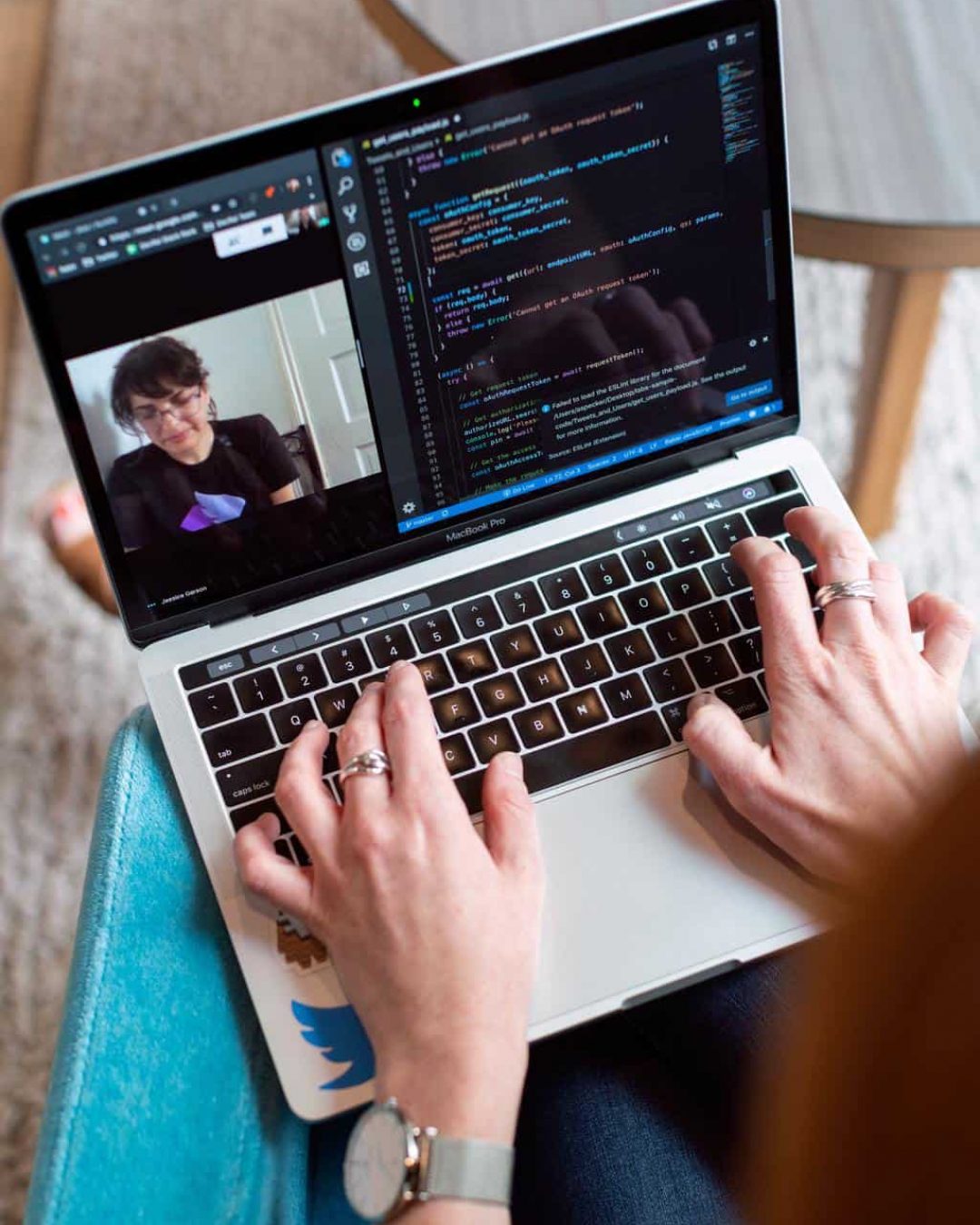Identify security gaps with Artemis M365 Security
Optimisation Service
Cyberthreats are on the rise but enterprises can take the necessary steps to protect themselves, including adopting an enterprise
security governance policy. Even in a remote work environment there is no need to compromise business performance over IT security.

Article
IT Cannot Solely Manage an Organisation’s Cybersecurity Posture
Discussions of an organisation’s cybersecurity are usually left to the IT department. If something is broken or looks suspicious, employees simply contact their IT resource.
However, sending an urgent message to IT is most likely not going to resolve an issue, thwart criminal activity, or increase the overall security posture. Long before the arrival of COVID-19, organisations have had to adopt a more DIY approach to cybersecurity, for the following reasons:
Article
As Device & App Usage Increases with Covid-19, the Attack Surface Increases
With Covid-19 and work from home orders in place now and into the future, an organisation’s security posture continues to be challenged. Employees are using their home devices and Wi-Fi networks for more resource-intensive activities, such as videoconferencing. Plus, IT resources are stretched. This creates the perfect environment for cybercriminals to launch sophisticated cyberattacks to exploit weaknesses in an enterprise’s endpoints, applications, and networks.
It’s not just unsecured endpoints that are causing grief for cybersecurity professionals: it’s also cloud app usage. According to the Wall Street Journal, the average number of software apps deployed by large companies is 129, with 10% of all companies having over 200 apps in use. IT security professionals need to concern themselves with app security to protect the enterprise’s data.


Article
Sophisticated Cyber Attacks Present Financial Risk to the Enterprise
It’s no surprise that the motivation for data breaches is financial. According to the 2020 Verizon Data Breach Investigations Report, 86% of the 3,950 breaches were financially motivated. By allowing just one unapproved user to gain entry to a corporate network, a data breach can occur, leaving the organisation vulnerable to loss and theft.
Exacerbating the situation is the proliferation of devices, applications, and networks that an enterprise must deal with under Covid-19. With employees, contractors, and partners suddenly working and collaborating remotely, an organisation’s security posture is made much more vulnerable.

Business Case
5 operational considerations to ensure that your organisation can stay safe and secure
We’ve provided a list of 5 operational considerations to ensure that your organisation can stay safe, secure, and on track, regardless of when closures and bans on gatherings are eventually lifted. Some processes may be in place and well underway; others perhaps not.
- Has the size of your IT labour force been reduced?
- When was the last time your organization took an inventory of all devices in use?
- Is there a device and app usage policy in place for contractors, vendors, and clients?
- Who is managing the costs associated with new IT expenditures?
- When was the last time your employees received training on security measures?
Business Case
The Challenges of Cybersecurity in the time of Covid-19
Covid-19 and the ensuing pandemic has presented a nearly insurmountable challenge for the cybersecurity industry. Indeed, solutions providers have heeded the clarion call to accelerate solutions for enterprise customers unprepared for the new realities of work. Even without the threat of illness, risk has increased. A sudden boom in employees working remotely, students studying from home, and consumers shopping online or via mobile apps (rather than in stores), has created the perfect environment for cybercriminals to increase the scale and frequency of their attacks.
Security is not simply IT’s job. It needs to be a shared responsibility between IT, operations, legal, finance, and other teams committed to protecting and defending the organisation’s assets.
- IT is under-resourced, doing more with less.
- Security breaches cause damage across the organisation, not just with IT assets.
- Additional professionals overseeing enterprise security serves to strengthen it.

With economic challenges brought on by the pandemic, many organisations have found themselves doing more with less. As such, enterprise security governance needs to be a shared responsibility between IT, operations, legal, finance, and other teams committed to protecting and defending the organisation’s assets. How are you responding to such challenges today?


